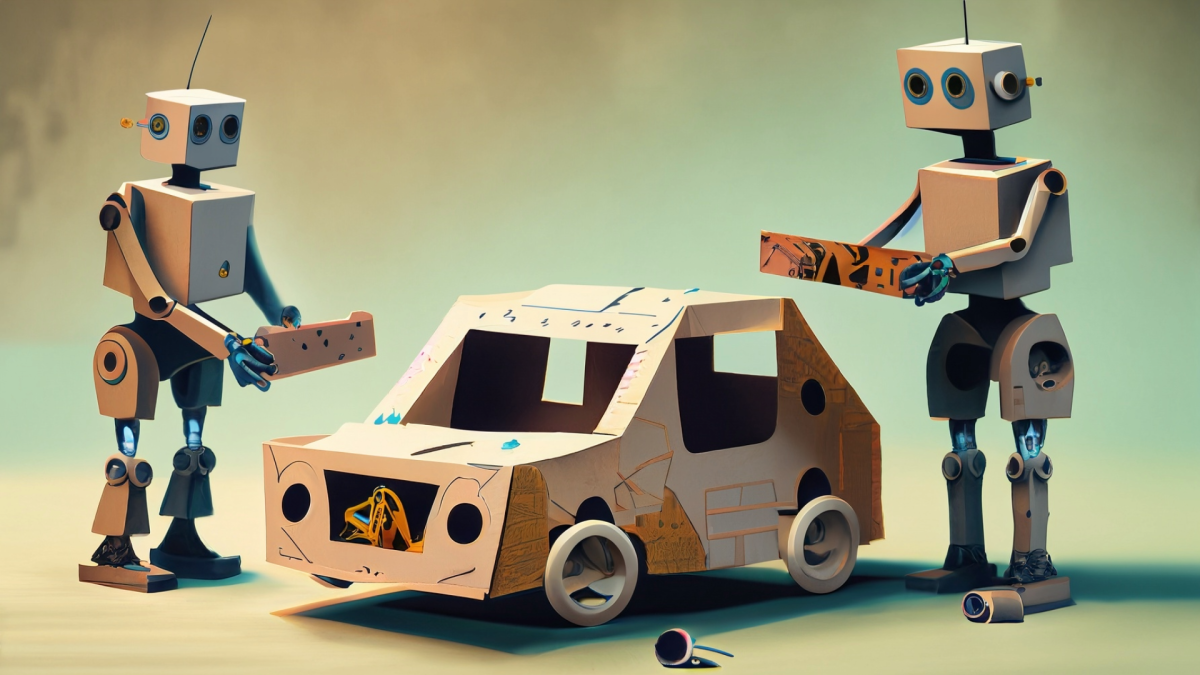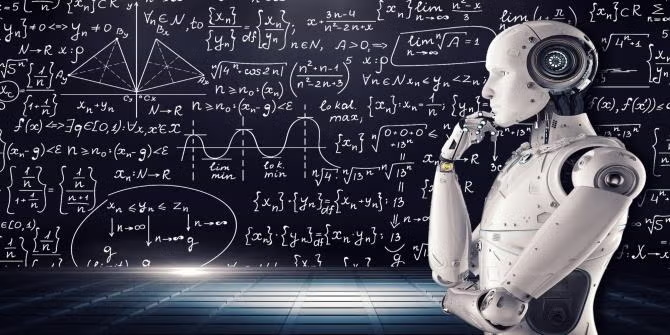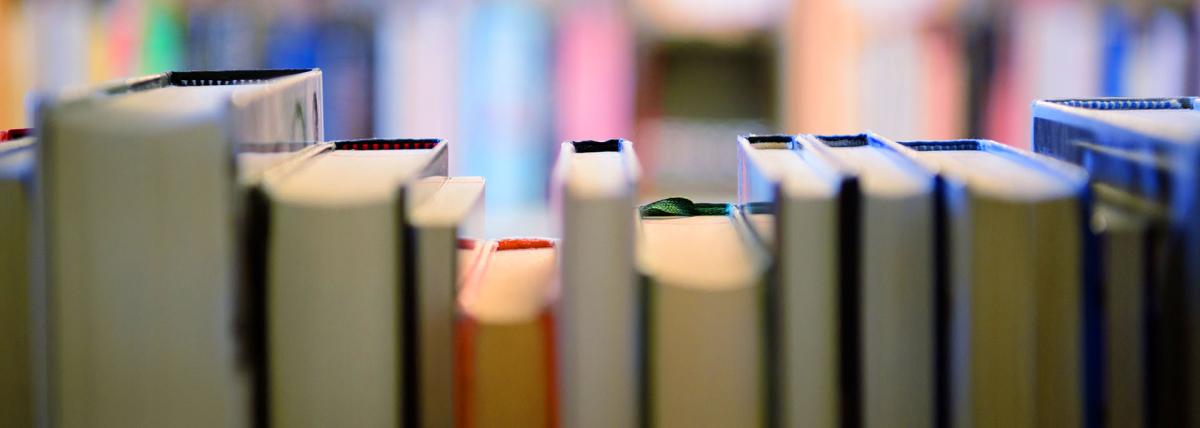
Ancient Paints Part 2: Lake Pigments
by Adam Hardy
A lesson that dives into the fusion of Art and Chemistry. Students will make their own pigments using common plants by using an acid-base reaction. They will test the effects of different solvents in extracting pigments, and check their experiments for colorfastness. This lesson can be used in conjunction with two other lessons as part of a unit on making paint. If desired, this lesson can be a fun way to use stoichiometry and calculate pH.
Lesson Plan Link/URL
https://docs.google.com/presentation/d/1l7mIygbfYvvheteUeo62TCBj8IF6F2tL/edit?u…Subject Area
Science Physical Science P1: Matter Earth and Space Science E1: Earth Systems Technology 1. Empowered Learner 4. Innovative Designer 5. Computational Thinker Engineering S2: Apply the Engineering Design Process S3: Apply Mathematics to Engineering S4: Apply Science to Engineering Mathematics Measurement and Data (MD) Expressions and Equations (EE)
Featured
Off
Related Content

Grades:
6th Grade, 7th Grade, 8th Grade
Students will create an engineering notebook that documents their progress through the engineering design process as it applies to their choice of project, either creating a toy from “trash” or a

Grades:
2nd Grade, 3rd Grade, 4th Grade, 5th Grade
This unit has lessons which will introduce students to phenomena we encounter in the real world. Students will learn about high interest phenomenon through hands-on investigations. Students will
